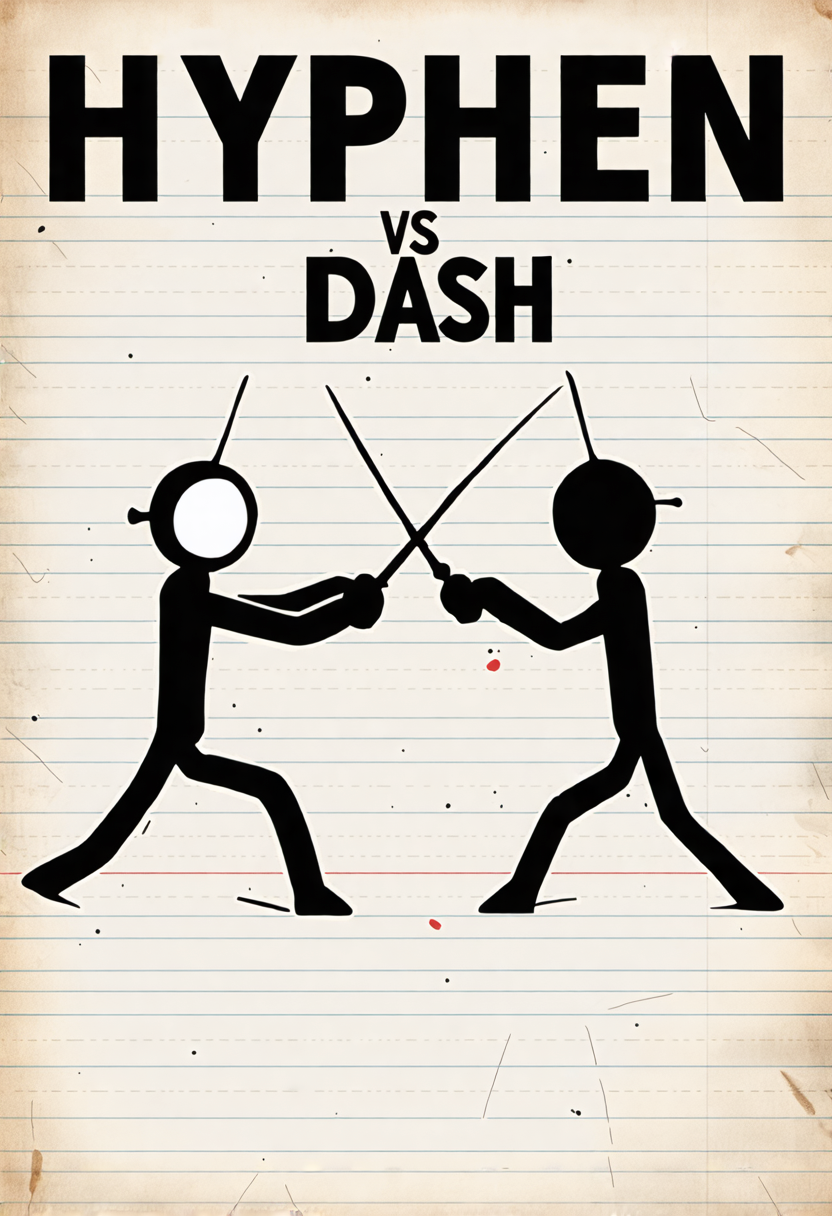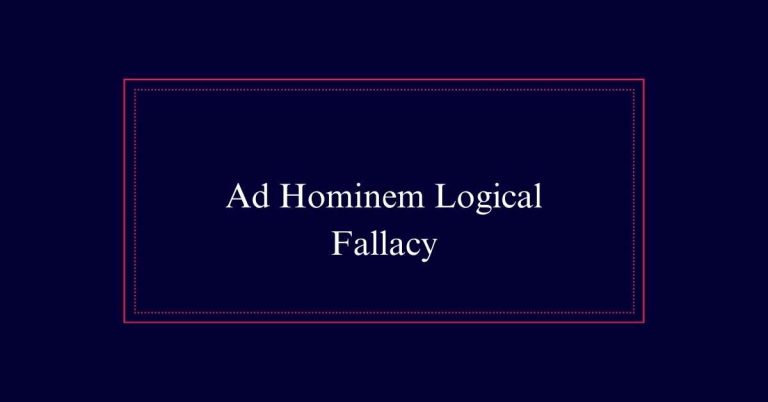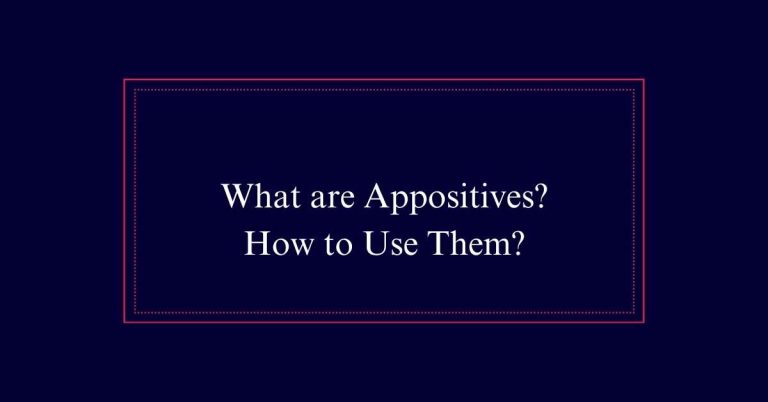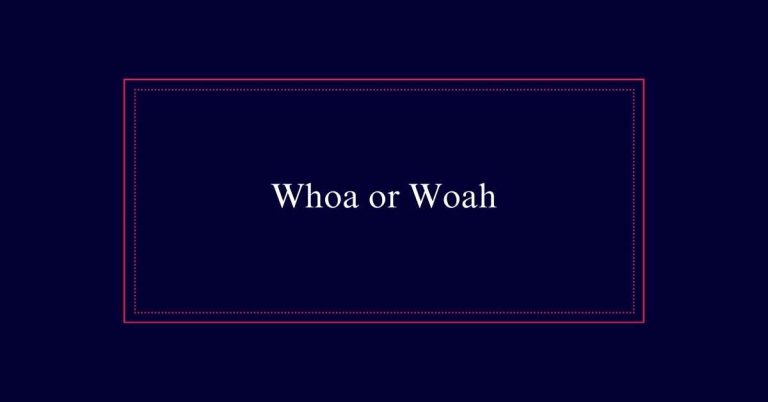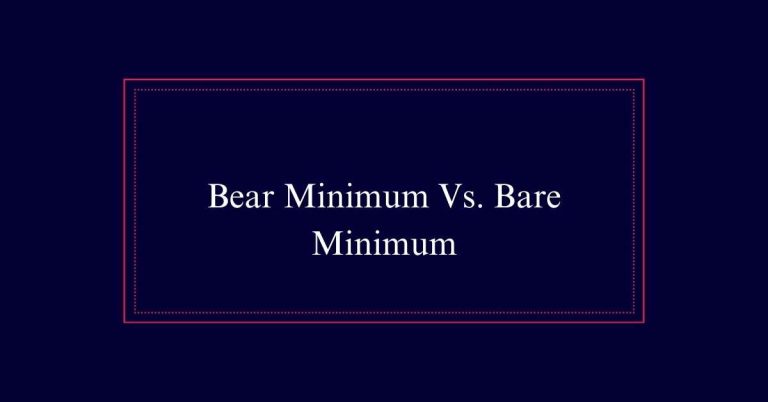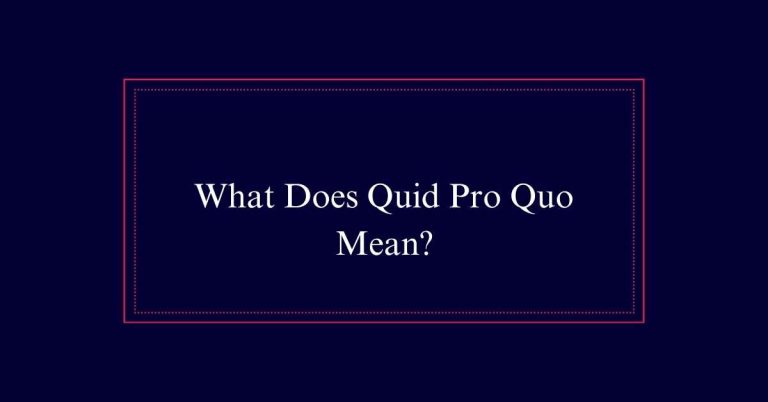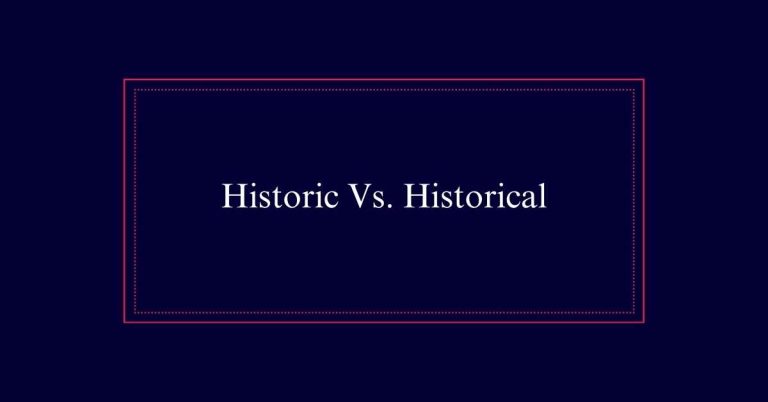Hyphen Vs. Dash
Hyphens (-) join words to form compounds, like ‘self-restraint,’ and aid readability when breaking words at line ends. En dashes (–) indicate ranges of dates, times, or numbers, and connect complex compound words. Em dashes (—) introduce pauses, breaks in thought, or emphasize parts of a sentence. They can also replace parentheses for a more fluid style.
Understanding Hyphens
A hyphen is a punctuation mark used to join words or parts of words, creating a single unit of meaning. It plays an important role in forming compound words such as ‘self-restraint’ and in spelling out numbers between twenty-one and ninety-nine.
Additionally, hyphens are essential in compound modifiers when they precede a noun, like in ‘well-known author.’ These modifiers consist of two or more words that function together as a single descriptor.
Hyphens also divide words at the end of a line of text, ensuring readability and preventing awkward gaps. Importantly, hyphens are distinct from other dash symbols and should not be used interchangeably with them. Understanding their proper use enhances the clarity and precision of written communication.
Defining Dashes
Dashes are punctuation marks that serve to indicate a range, a pause, or a break within a sentence. They are longer than hyphens and are used in various ways to enhance clarity and readability. Dashes can effectively emphasize information, separate elements, or denote a sudden change in thought.
Here are some key points about dashes:
- Used to create emphasis or highlight information.
- Help separate clauses or phrases for better readability.
- Indicate interruptions or breaks in dialogue.
- Distinguish between ranges of numbers, dates, or time.
- Often replace parentheses for a more fluid sentence.
Types of Dashes
In writing, there are two primary types of dashes: the en dash and the em dash.
The en dash (–) is about the width of an uppercase ‘N.’ It is used for ranges, such as dates or numbers (e.g., 1990–2000). It also acts as a super hyphen in compound modifiers (e.g., pre–World War II).
The em dash (—) is longer, about the width of an uppercase ‘M.’ It indicates a pause or break in a sentence. Em dashes can replace commas, parentheses, or colons for added emphasis (e.g., She gave him one thing—hope).
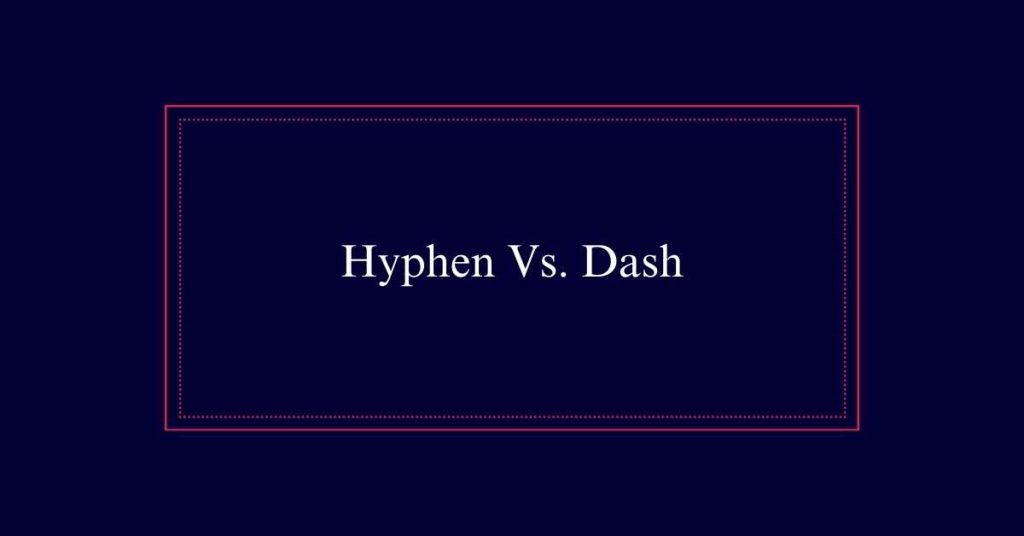
Both dashes serve unique purposes and should not be used interchangeably with hyphens. Proper usage guarantees clarity and precision in writing.
Hyphen Usage
Hyphens are essential for joining words or parts of words in compound terms and modifiers. They serve to clarify meaning and improve readability in various contexts.
For instance, hyphens are used in compound adjectives before a noun and in compound words. Additionally, they are important when spelling out numbers between twenty-one and ninety-nine. Proper hyphen usage guarantees that the reader comprehends the intended meaning of the text.
- Compound words: Examples include ‘self-esteem’ and ‘mother-in-law.’
- Compound modifiers: Used before a noun, such as ‘well-known author.’
- Numbers: Spelled-out numbers like ‘thirty-two.’
- Avoid confusion: Clarifies meaning, e.g., ‘re-sign’ vs. ‘resign.’
- Word breaks: At the end of a line to continue text.
En Dash Usage
An en dash (–) is primarily used to indicate ranges of numbers, dates, or time. For example, “1990–2000” signifies a period from 1990 to 2000.
It is also used in complex compound adjectives, such as “New York–London flight.” Unlike a hyphen, which joins words or parts of words, an en dash serves as a connector between items that already contain spaces or hyphens.
Additionally, it can replace hyphens in compound adjectives for clarity, such as “pre–World War II era.” Consistency is crucial; make sure en dashes are used uniformly throughout your document.
This small but significant mark enhances readability and precision in conveying ranges and connections.
Em Dash Usage
The em dash (—) is a versatile punctuation mark that adds emphasis or indicates a break in thought. It is longer than both the hyphen and the en dash, making it a strong visual element in writing.
Em dashes can replace commas, parentheses, or colons to create a more dramatic effect.
- Indicates a pause: Adds a dramatic pause in a sentence.
- Parenthetical information: Sets off additional information clearly.
- Interruption in dialogue: Shows a sudden break in speech.
- Emphasis: Highlights a specific part of a sentence for impact.
- Multiple uses: Can replace other punctuation marks for stylistic reasons.
Hyphen in Compound Words
Compound words often benefit from hyphens to clarify meaning and guarantee readability. Hyphens prevent confusion by linking words that function as a single concept. For instance, ‘well-being’ is clearer than ‘well being.’ They are also essential in compound modifiers that precede a noun, such as ‘high-quality products’ or ‘state-of-the-art technology.’
Here’s a quick reference table:
| Hyphenated Compound | Example | Clarification |
|---|---|---|
| Two-part adjectives | high-quality product | Indicates product quality |
| Noun + noun | mother-in-law | Family relationship |
| Prefixes | ex-president | Former president status |
| Numbers | twenty-one | Spelled-out number clarity |
| Avoid ambiguity | re-sign (vs. resign) | Renew contract vs. quit |
En Dash for Ranges
En dashes are used to indicate ranges, such as dates or numbers, providing clarity and precision in writing. They are longer than hyphens but shorter than em dashes. En dashes serve a specific purpose and should be used consistently. For instance, they can indicate spans of time or sequences of numbers.
Here are some common uses of en dashes:
- Date Ranges: 2010–2020
- Number Ranges: Pages 50–75
- Time Ranges: 9:00 AM–5:00 PM
- Scores: The game ended with a score of 4–3.
- Geographic Ranges: The London–Paris flight
Em Dash for Pauses
An em dash—often used to indicate a pause—adds emphasis or an abrupt change in thought within a sentence. It is more versatile than a comma and can replace parentheses for parenthetical information.
For example, ‘The conference—originally scheduled for July—has been postponed.’ This punctuation mark helps to create a stronger break in the flow of a sentence, drawing attention to specific elements.
Additionally, em dashes can signal interruptions in dialogue, like ‘I can’t believe you—’ ‘Wait, let me finish.’ They are powerful tools for writers who want to add dramatic pauses or highlight important information.
Key Differences
Understanding the key differences between hyphens and dashes is essential for clear and effective writing.
Hyphens (-) and dashes (–, —) serve distinct purposes, and using them correctly enhances readability.
- Hyphens join words or parts of words, such as in ‘self-restraint.’
- En dashes (–) indicate ranges, such as ‘1990–2000,’ and function as a super hyphen in compound modifiers.
- Em dashes (—) signal pauses or interruptions, like in ‘She was late—again.’
Hyphens are shorter than both en and em dashes.
En dashes and em dashes are not interchangeable with hyphens and serve different functions.
Frequently Asked Questions
How Do Different Style Guides Treat Dashes and Hyphens?
Different style guides, such as APA, MLA, and Chicago, have specific rules for using dashes and hyphens. Generally, they agree on basic uses but may vary in nuances like spacing around em dashes and hyphenation conventions.
Can Em Dashes Replace Parentheses in All Cases?
Em dashes can often replace parentheses to add emphasis or indicate an interruption. However, they are not always interchangeable. Parentheses are more appropriate for supplementary information that is less integral to the main sentence.
